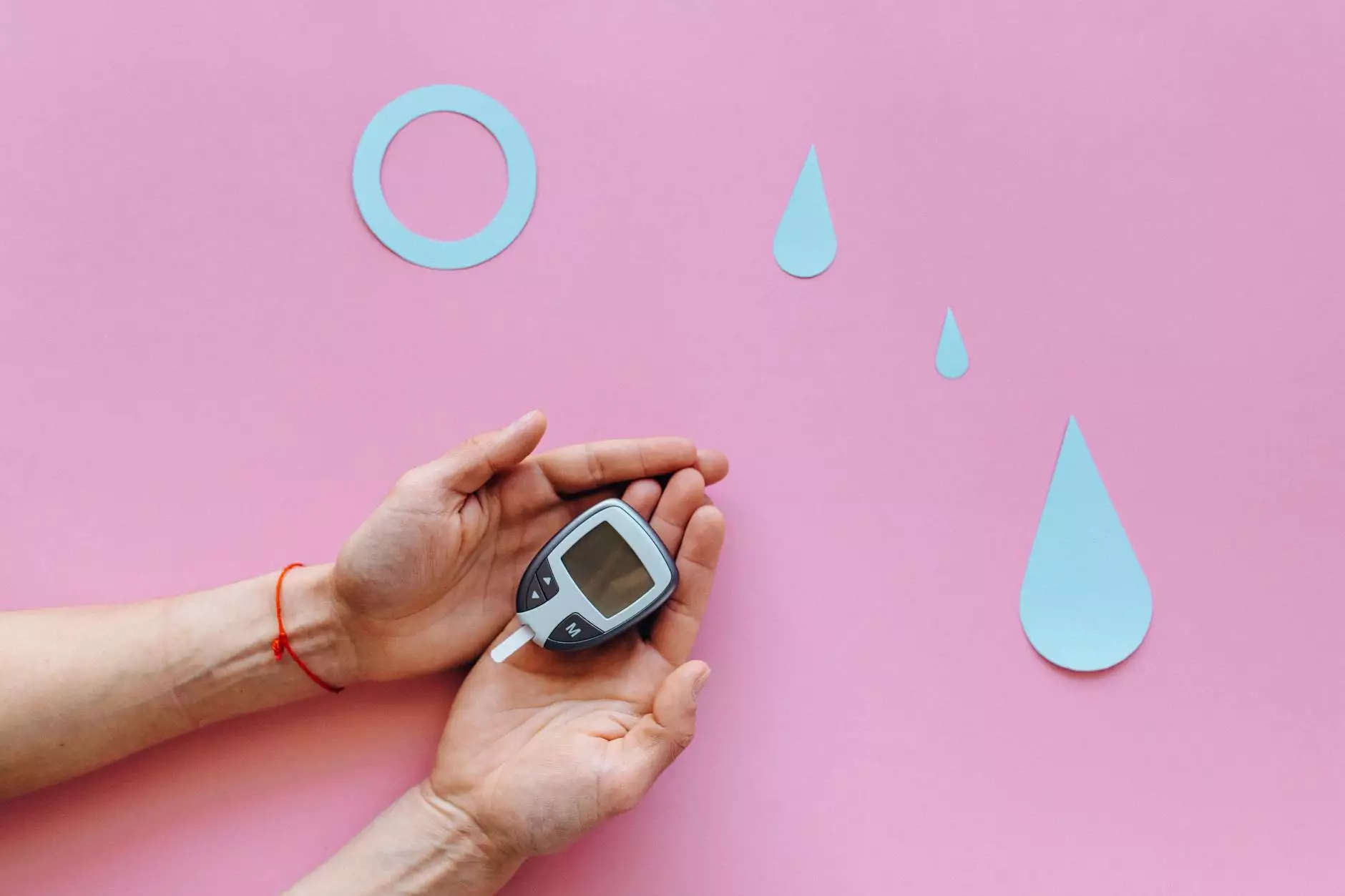Understanding DVT: What Causes DVT and How to Prevent It

Deep Vein Thrombosis (DVT) is a serious medical condition that affects many individuals worldwide. Understanding what causes DVT is crucial for effective prevention and management. In this article, we will delve deep into the causes, risk factors, symptoms, and ways to prevent DVT, providing you with comprehensive insights to maintain your vascular health.
What is DVT?
Deep Vein Thrombosis occurs when a blood clot forms in one or more of the deep veins in the body, usually in the legs. This condition can lead to serious complications, such as pulmonary embolism, where a clot dislodges and travels to the lungs, potentially resulting in life-threatening consequences.
What Causes DVT?
To truly understand what causes DVT, it's essential to examine various factors that contribute to the formation of blood clots in the deep veins.
1. Venous Stasis
One of the primary causes of DVT is venous stasis, which refers to the pooling of blood in the veins due to prolonged inactivity or immobility. Situations that can lead to venous stasis include:
- Prolonged bed rest or immobility, such as during hospitalization or recovery from surgery.
- Long-haul flights or car journeys where movement is limited.
- Restrictions in movement due to casts or injuries.
2. Blood Vessel Injury
Injuries to blood vessels can also precipitate the development of DVT. When the blood vessels are damaged, the body’s natural response is to form a clot to stop bleeding. However, this can sometimes lead to the formation of a thrombus (blood clot) if not resolved. Common causes of blood vessel injury include:
- Surgeries, particularly orthopedic surgeries like hip or knee operations.
- Trauma from accidents or falls.
- Inflammatory conditions that can affect vein walls.
3. Hypercoagulable States
The term hypercoagulable states refers to conditions in which the blood is more prone to clotting. This can be due to genetic factors, certain medications, or specific medical conditions. Notable examples include:
- Inherited clotting disorders, such as Factor V Leiden or prothrombin gene mutation.
- Hormonal treatments, such as estrogen-containing birth control pills.
- Medical conditions like cancer, which can increase the risk of clotting due to tumor-related factors.
4. Other Contributing Factors
Besides the primary causes listed above, several other factors may contribute to an increased risk of DVT:
- Age: The risk of DVT increases with age, particularly for those over 60.
- Obesity: Excess body weight can put additional pressure on the veins in the legs.
- Smoking: Tobacco use affects blood flow and can damage blood vessels.
- Pregnancy: Hormonal changes and pressure from the growing fetus can increase the risk.
- Varicose veins: These can contribute to chronic venous insufficiency, increasing the risk of clot formation.
Recognizing the Symptoms of DVT
Being aware of the symptoms of DVT is fundamental for early detection and treatment. Common symptoms include:
- Swelling in one leg (usually the affected leg).
- Pain or tenderness that may start in the calf and feel like cramping or soreness.
- Warmth or redness in the affected leg.
- Enlarged veins near the surface of the skin.
It's important to seek medical attention immediately if you suspect DVT, as timely intervention can prevent serious complications.
Preventing DVT: Effective Strategies
Understanding what causes DVT allows us to take proactive measures to prevent its occurrence. Here are some effective strategies:
1. Stay Active
Regular physical activity is vital in promoting healthy blood flow and preventing venous stasis. Aim for at least 30 minutes of moderate exercise most days of the week. Simple actions like:
- Walking regularly.
- Engaging in stretching exercises.
- Taking breaks to move around during long periods of sitting or standing.
2. Maintain a Healthy Weight
Keeping a healthy weight can significantly reduce your risk of developing DVT. A balanced diet rich in fruits, vegetables, whole grains, and lean proteins will aid in achieving and maintaining a healthy body weight.
3. Hydration is Key
Staying well-hydrated helps maintain optimal blood circulation. When traveling or in situations where you are immobile:
- Drink plenty of water.
- Avoid excessive alcohol and caffeine, as they can lead to dehydration.
4. Use Compression Stockings
For individuals at higher risk of DVT, wearing compression stockings can help promote blood flow. These stockings apply pressure to your legs, aiding in venous return and reducing the likelihood of clot formation.
5. Avoid Smoking
If you smoke, seek assistance to quit. The harmful chemicals in tobacco can damage your blood vessels and promote clot formation.
6. Medical Considerations
If you are undergoing major surgery or are at high risk for DVT, discuss preventive measures with your healthcare provider. These may include:
- Medications such as anticoagulants.
- Mechanical methods like intermittent pneumatic compression devices.
Conclusion: Empower Yourself with Knowledge
Understanding what causes DVT empowers individuals to take charge of their health and make informed decisions regarding their lifestyle and medical care. By being aware of the risk factors and symptoms, and implementing preventive strategies, you can significantly reduce your risk of developing this serious condition.
For personalized advice and treatment options, consider reaching out to the experts at Truffles Vein Specialists. Your vascular health is paramount, and taking proactive steps now can lead to better outcomes in the future.









